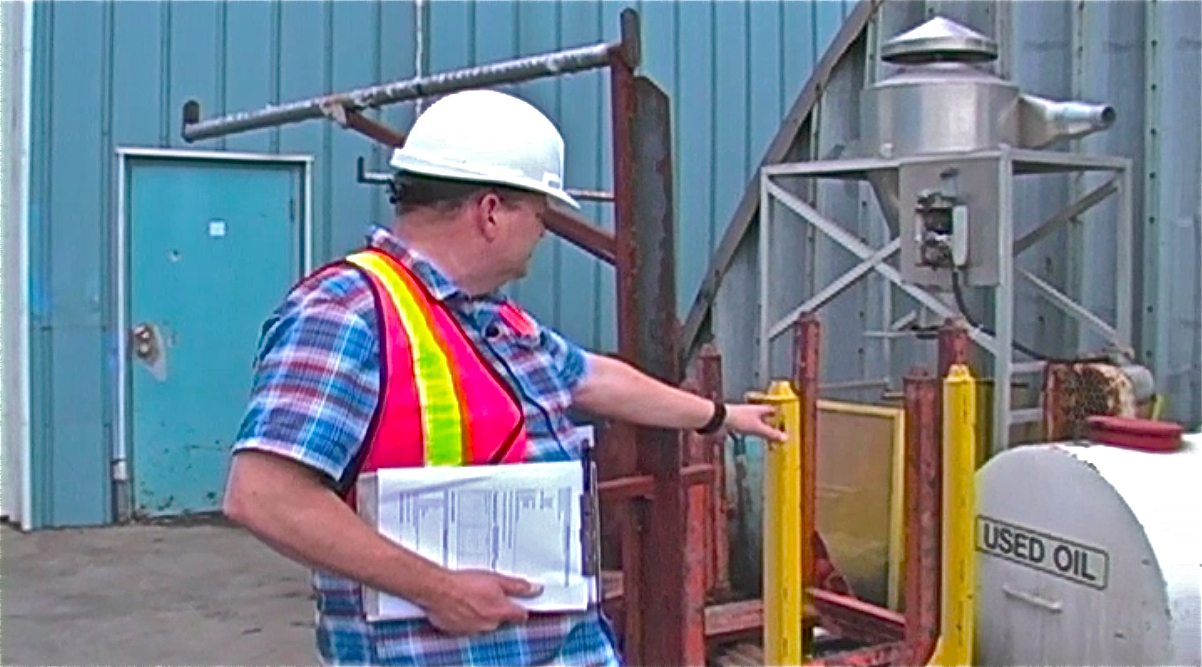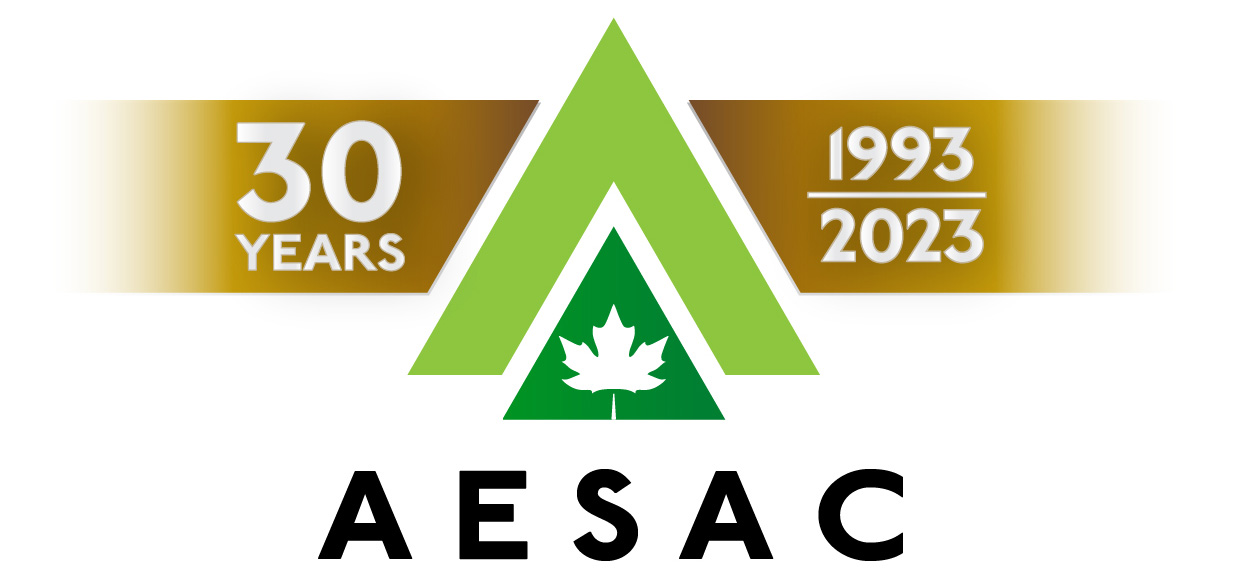- Home
- Training Courses
- Membership
- About Us
- Instructors Blog
- December 2023: All I Want For Christmas
- November 2023: ESA Report Reviews
- October 2023: Can AI Write an ESA Report?
- September 2023: Getting Paid... or Not
- August 2023: Take Me Back...
- July 2023: To Bid or Not To Bid
- June 2023: Selecting a Supplier
- April 2023: Phase 1 Problems, Part 3
- March 2023: Phase 1 Problems, Part 2
- February 2023: Phase 1 Problems, Part 1
- January 2023: Working Outside in Winter
- 2022 Blogs
- 2021 Blogs
- December 2021: Asbestos in your Home
- Sept 2021: Dirty Jars And Other Bad Things… Part 2
- August 2021: Dirty Jars And Other Bad Things… Part 1
- July 2021: How do you want that drawing to look? Part 2
- June 2021: How Did You Want That Drawing To Look? Part 1
- April 2021: So You Need a RSC... Part 2
- March 2021: So You Need a RSC... Part 1
- February 2021: What's In Your Toolbox? Part 2
- January 2021: What's In Your Toolbox? Part 1
- 2020 Blogs
- December 2020: A Day in the Life, Part 2
- November 2020: A Day in the Life, Part 1
- October 2020: Exploring Your Career Path
- September 2020: So You Want To Start Your Own Business - Part 2
- August 2020- So You Want to Start Your Own Business
- June 2020: Effective Communication
- May 2020: Tips For Working From Home
- April 2020: Conducting ESA’s During a Pandemic
- March 2020: It's Not Easy Being Green
- February 2020: Looking Ahead; Bold Predictions for the Next Decade
- January 2020: Looking Back; A Decade in Review
- 2019 Blogs
- 2018 Blogs
- 2017 Blogs
- 2016 Blogs
- 2015 Blogs
- Find an AESAC Member
Menu- Home
- Training Courses
- » Training Courses
- » Webinar Series
- » Calendar of Events
- » Course Registration
- » Course Instructors
- » Testimonials
- Membership
- » Become a Member
- » Certifications
- » Membership Search
- » Update Member Profile
- » Members Only
- » » Member Login
- » » Membership Renewal
- » » Create/Change Password
- » » CESA Certification Application
- About Us
- » About AESAC
- » Course Instructors
- » Contact Us
- Instructors Blog
- » December 2023: All I Want For Christmas
- » November 2023: ESA Report Reviews
- » October 2023: Can AI Write an ESA Report?
- » September 2023: Getting Paid... or Not
- » August 2023: Take Me Back...
- » July 2023: To Bid or Not To Bid
- » June 2023: Selecting a Supplier
- » April 2023: Phase 1 Problems, Part 3
- » March 2023: Phase 1 Problems, Part 2
- » February 2023: Phase 1 Problems, Part 1
- » January 2023: Working Outside in Winter
- » 2022 Blogs
- » » December 2022: Advice To My Younger Self
- » » October 2022: Pre-Purchase Due Diligence
- » » Sept 2022: Words Matter
- » » July 2022: Let Us Come To You
- » » April 2022: Due Diligence
- » » March 2022: Time Management
- » » February 2022: Spinning Augers... Part 2
- » » January 2022: Spinning Augers... Part 1
- » 2021 Blogs
- » » December 2021: Asbestos in your Home
- » » Sept 2021: Dirty Jars And Other Bad Things… Part 2
- » » August 2021: Dirty Jars And Other Bad Things… Part 1
- » » July 2021: How do you want that drawing to look? Part 2
- » » June 2021: How Did You Want That Drawing To Look? Part 1
- » » April 2021: So You Need a RSC... Part 2
- » » March 2021: So You Need a RSC... Part 1
- » » February 2021: What's In Your Toolbox? Part 2
- » » January 2021: What's In Your Toolbox? Part 1
- » 2020 Blogs
- » » December 2020: A Day in the Life, Part 2
- » » November 2020: A Day in the Life, Part 1
- » » October 2020: Exploring Your Career Path
- » » September 2020: So You Want To Start Your Own Business - Part 2
- » » August 2020- So You Want to Start Your Own Business
- » » June 2020: Effective Communication
- » » May 2020: Tips For Working From Home
- » » April 2020: Conducting ESA’s During a Pandemic
- » » March 2020: It's Not Easy Being Green
- » » February 2020: Looking Ahead; Bold Predictions for the Next Decade
- » » January 2020: Looking Back; A Decade in Review
- » 2019 Blogs
- » » November 2019
- » » September 2019
- » » August 2019
- » » July 2019
- » » May 2019
- » » March 2019
- » » February 2019
- » » January 2019
- » 2018 Blogs
- » » November 2018
- » » October 2018
- » » September 2018
- » » August 2018
- » » July 2018
- » » June 2018
- » » May 2018
- » » March 2018
- » » February 2018
- » » January 2018
- » 2017 Blogs
- » » April 2017
- » » June 2017
- » » August 2017
- » » September 2017
- » » December 2017
- » 2016 Blogs
- » » October 2016
- » » September 2016
- » » August 2016
- » » July 2016
- » » June 2016
- » » March 2016
- » » January 2016
- » » December 2016
- » » November 2016
- » 2015 Blogs
- » » April 2015
- » » July 2015
- » » September 2015
- » » October 2015
- » » December 2015
- Find an AESAC Member
- Over the last 30 years of consulting I have reviewed a lot of Phase I Environmental Site Assessment (ESA) reports for a variety of purposes, including: due diligence, peer review, and for AESAC members seeking accreditation as a Certified Environmental Site Assessor (CESA). The majority of these reports have been satisfactory; a few have been superb, and a small number were of extremely poor quality. The worst offenders usually related to an improperly scoped project and/or poorly conducted research. As such, I thought a few suggestions for practitioners to conduct better Phase I ESAs would be helpful.First the assessor must confirm the purpose of the ESA report and define the scope of work. If the stakeholder's objective is transactional due diligence then a Canadian Standards Association (CSA) compliant report should suffice. For regulatory approval you may need to follow specific provincial standards, such as the Brownfields legislation in Ontario (Ontario Regulation 153/04, as amended); or guidelines for upstream oil and gas facilities in Alberta or Saskatchewan. American or international clients and projects could specify the use of ASTM Standards.Once the appropriate tasks and regulatory criterion have been established, the scope of work should be clearly stated in the report, along with any alterations, limitations or enhancements. It may be acceptable or even necessary to deviate from a specified Standard, but such changes should be defensible, and the rationale provided so that the reader or reviewer can understand and accept these modifications. If your scope of work states that you fully adhered to a particular Standard, you must ensure that the Standard is followed diligently; or a meticulous peer reviewer or lawyer will pick up on the slightest discrepancy.A common deficiency I see in Phase I ESA reports is insufficient historical research. This could be the result of not searching far enough in the past to identify all historical environmental concerns, or not completing the necessary document review. The CSA Standard includes both mandatory and optional research items; my suggestion is to complete both (where available) to be thorough and diligent. If the research indicates no data is available for a particular record review item (e.g. absence of fire insurance plans or city directories for a rural site), then state that as your search result - nil findings are still considered reportable findings. The historical review should provide a complete picture of Site development and activities from first developed property use until present day, so that all potential concerns can be evaluated.Another deficient item I encounter relates to conducting and reporting of the Site inspection and interviews. The assessor must ensure the property and Site buildings are thoroughly inspected and documented; and that people with knowledge of the Site are interviewed. The data collected from the inspection and interviews must also be interpreted, summarized and clearly reported. Unfortunately I find that many observations regarding building construction and site activities are lacking in detail. Similarly, little consideration is given to selection of interviewees and the reporting the findings of the interviews. Both of these tasks are critical in assessing environmental liabilities.Conducting proper research is vital; however the findings still must be properly evaluated and relayed to the stakeholders. In a future article I will discuss some of the inherent difficulties in interpreting the results and reporting the findings of the Phase I ESA process.Bill Leedham, P.Geo., QP, CESA.
About the Author

Bill is the Head Instructor and Course Developer for the Associated Environmental Site Assessors of Canada (www.aesac.ca); and the founder and President of Down 2 Earth Environmental Services Inc. Mr. Leedham has over twenty nine years of consulting experience in the areas of environmental site assessments, site remediation, geology, contaminant hydrogeology, geotechnical investigations and building sciences; and has conducted, managed, or peer-reviewed hundreds of ESA, remediation and risk assessment projects across Canada.
Training Courses
Membership
About Us
Contact UsCopyright (c) 2024 Associated Environmental Site Assessors of Canada; AESAC Inc.



